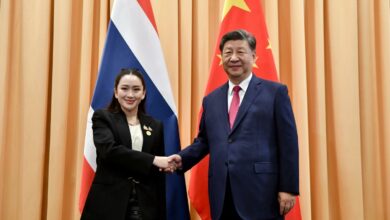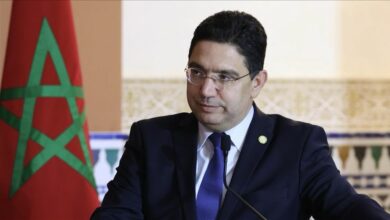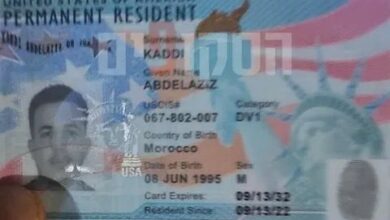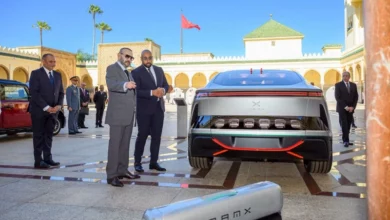Moroccan Journalist Ayoub Bcharouri Travels 13,000 Kilometers to Uncover China’s Energy Secrets in the Heart of the Vast Taklamakan Desert
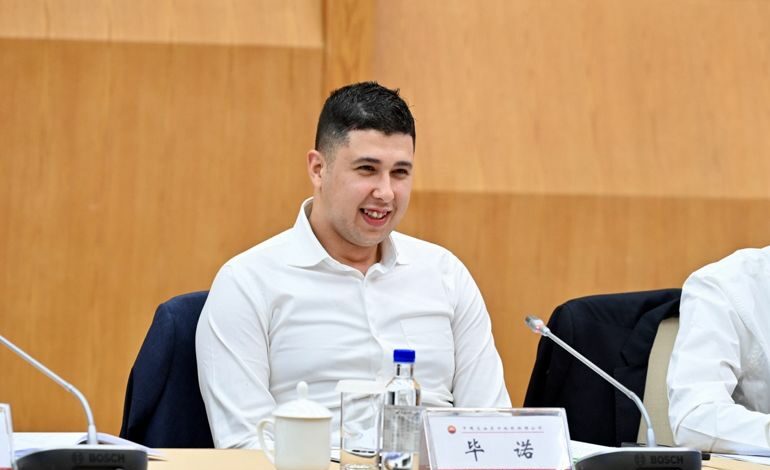
ALDAR/
In the heart of the vast Taklamakan Desert, where harsh sandscapes meet cutting-edge technology that knows no limits, Moroccan journalist Ayoub Bcharouri embarked on a remarkable field reporting experience that embodied the spirit of cultural and professional exchange between Morocco and China. Invited by Chinese energy giant BGP, a global leader in geophysical exploration services, Bcharouri represented international media during a unique six-day interactive tour. The journey spanned over 13,000 kilometers and included visits to strategic oil and gas exploration sites, giving him firsthand insight into China’s technical prowess and leadership in the global energy sector.
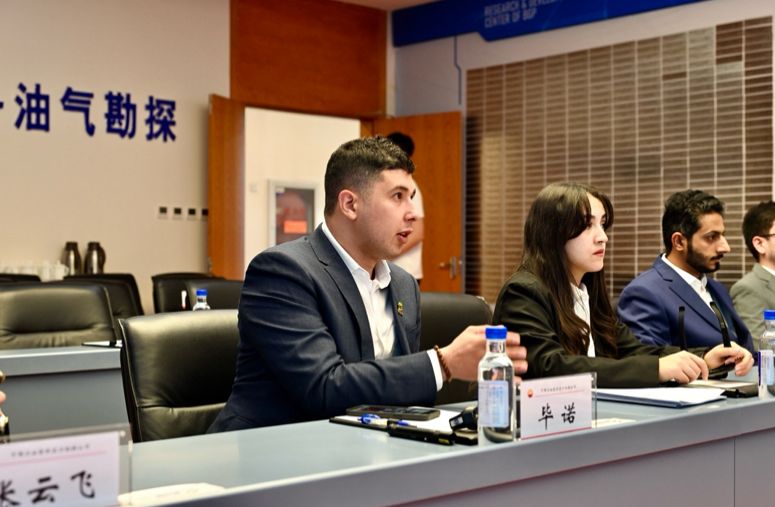
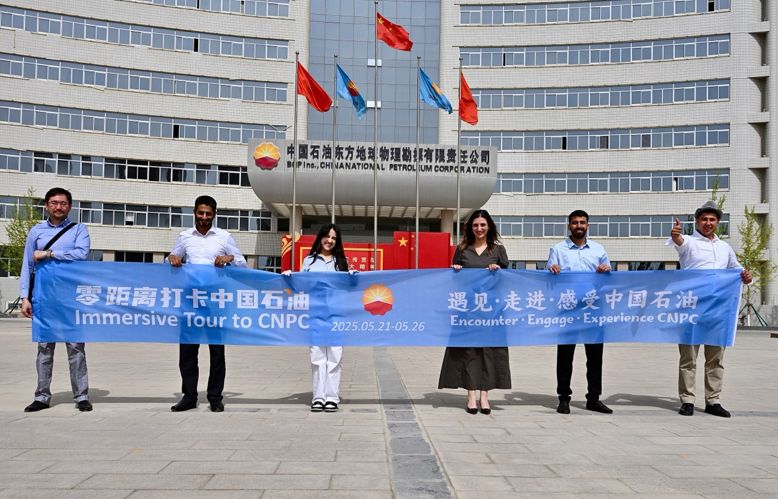
The journey began at BGP’s technological hub, where Bcharouri visited Asia’s largest high-performance computing center. There, his prior assumptions quickly faded, replaced by deep admiration for Chinese scientific precision. Reflecting on the experience, he said: “I never imagined that deep oil exploration was so thoroughly grounded in mathematics, physics, and geology. I used to think Chinese companies succeeded due to their size, but now I understand that their true strength lies in meticulous precision that tolerates no margin of error — not even 0.01 millimeters.”
On the ground, Bcharouri ventured into the desert, personally testing advanced field technologies such as drones and sophisticated monitoring systems. He expressed amazement at how China applies modern technology to confront extreme environmental and geological challenges. “It’s truly astonishing to see how technology can transform such harsh environments into advanced energy laboratories. What I saw went far beyond tools — it was a symphony between man and machine, between calculated planning and determined will,” he observed.
The striking similarities between China’s Tarim Basin and Morocco’s Sahara Desert stirred a deep emotional connection in Bcharouri, prompting him to recall an old Arab proverb: “Even if your feet stand on the stones of the Great Desert, you must still plant your own date palm tree.” He added: “The patience and dedication I saw in these energy workers reminded me of our values in North Africa — respect for the land and endurance in pursuit of its gifts.”
This journey was far more than just a journalistic assignment — it was a human and cultural odyssey across continents. It showcased China as a trailblazer in global energy innovation, committed to sustainable development and cultural openness. The tour also opened meaningful opportunities to strengthen ties between Morocco and China, not only in the energy sector but also in cultural and people-to-people exchanges.
Today, Ayoub Bcharouri stands out as one of the most prominent Moroccan figures in the Chinese media landscape. Working at the Chinese-Arabic News Center, he has gained widespread recognition for his fluency in Mandarin and charismatic media presence. He is regularly invited to high-level conferences and events organized by Chinese authorities and has earned significant admiration from major companies and institutions across the country. As a cultural ambassador in his own right, he reflects the image of a dynamic and globally engaged Morocco.
Through this journey, Ayoub Bcharouri has written a new chapter in the story of South–North dialogue — between Morocco and China, between sand and data, between tradition and technology. His experience is proof that journalism, when fueled by passion and knowledge, becomes a bridge between nations, not just a vehicle for information.


